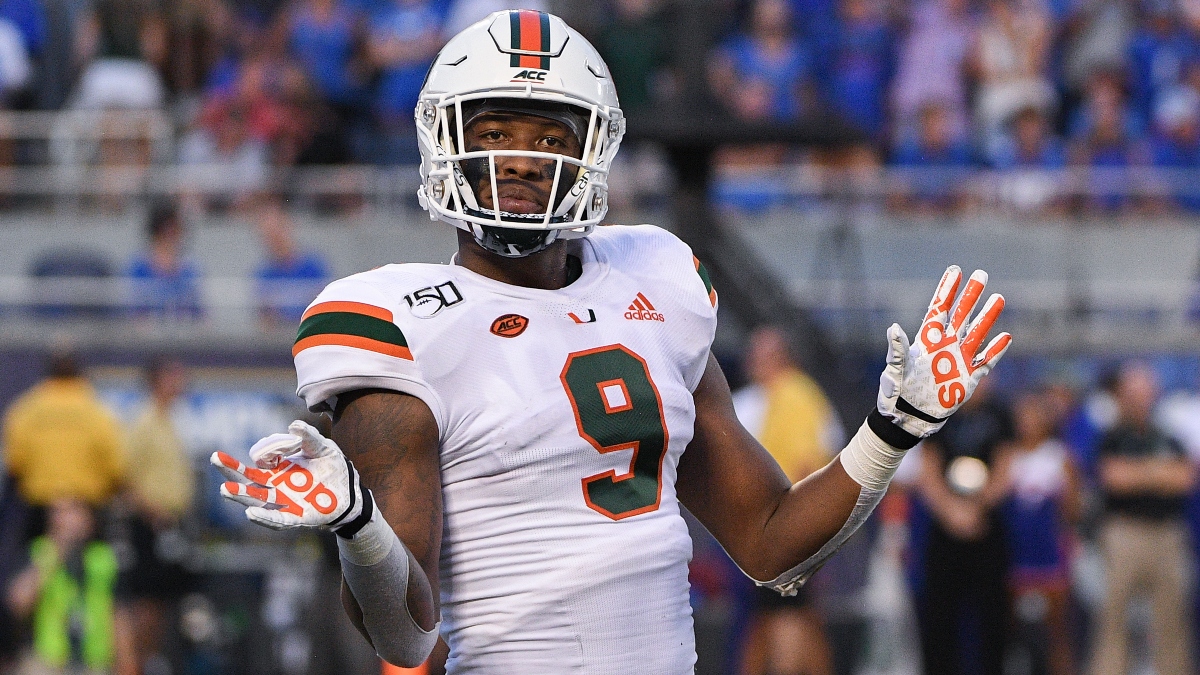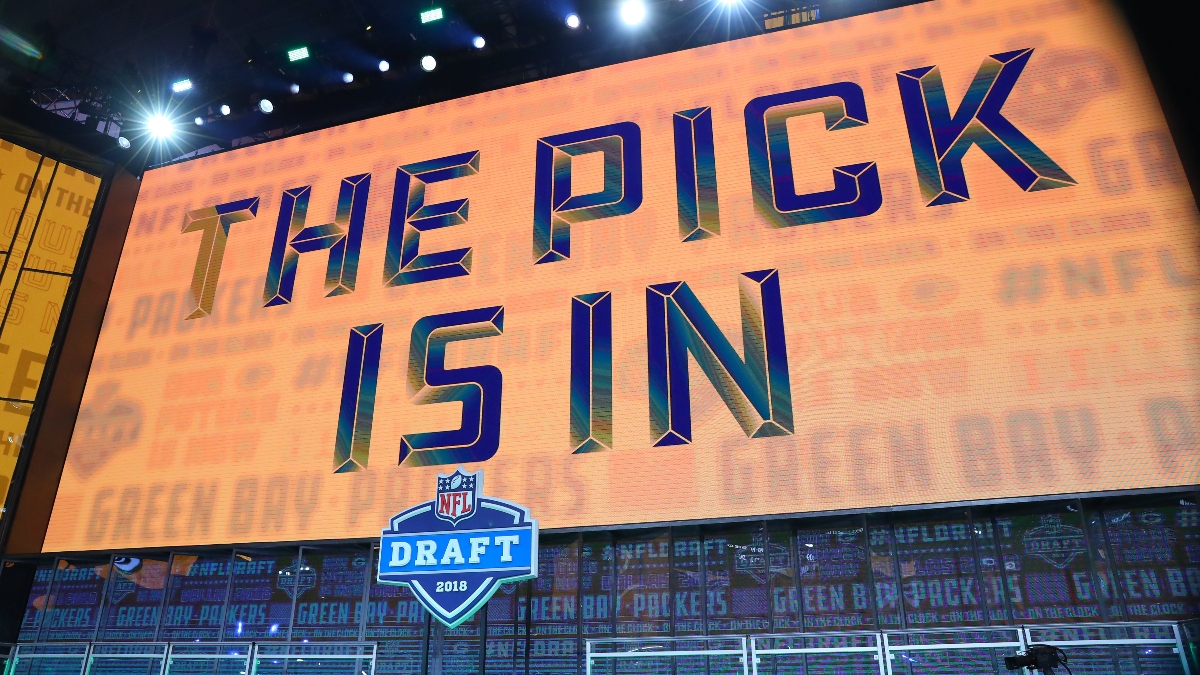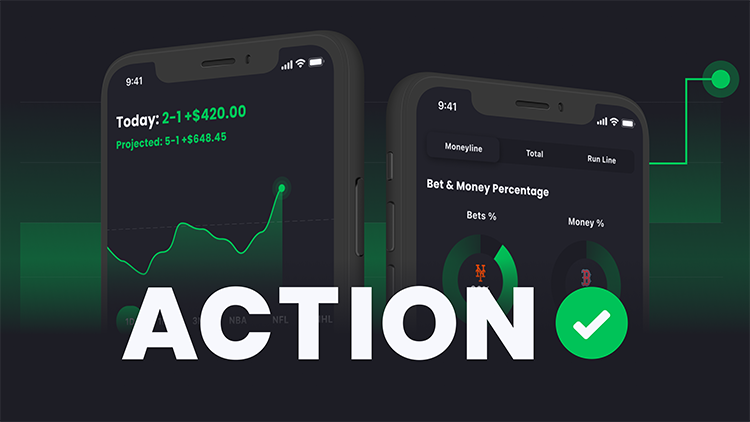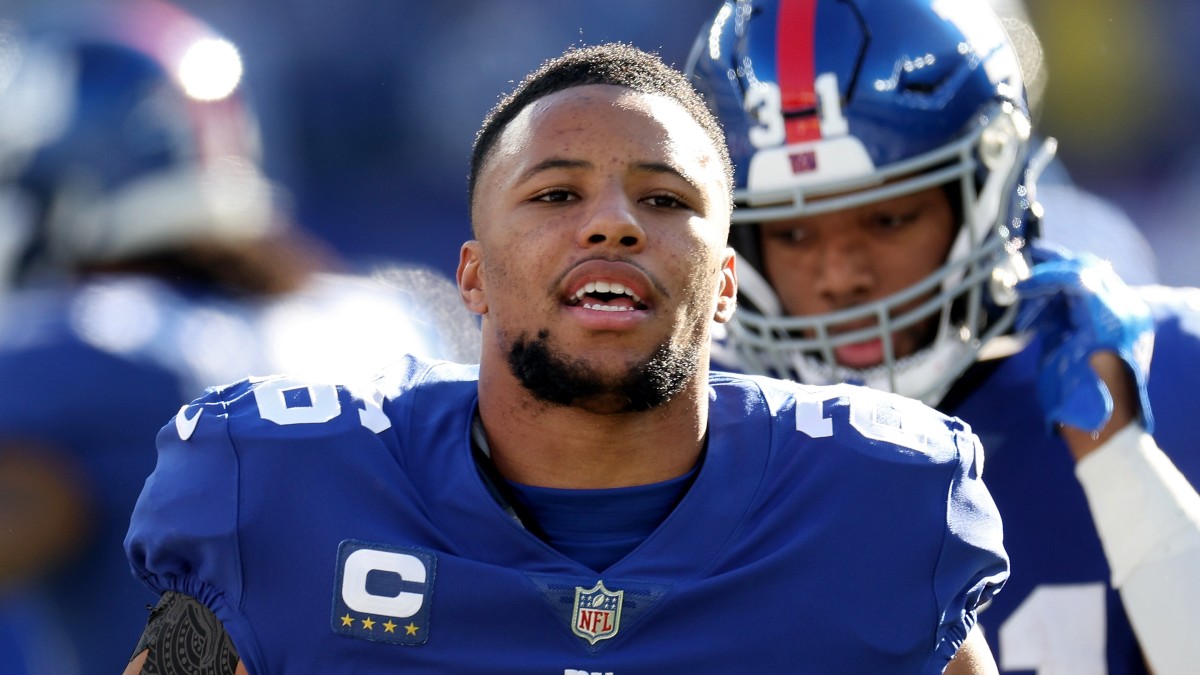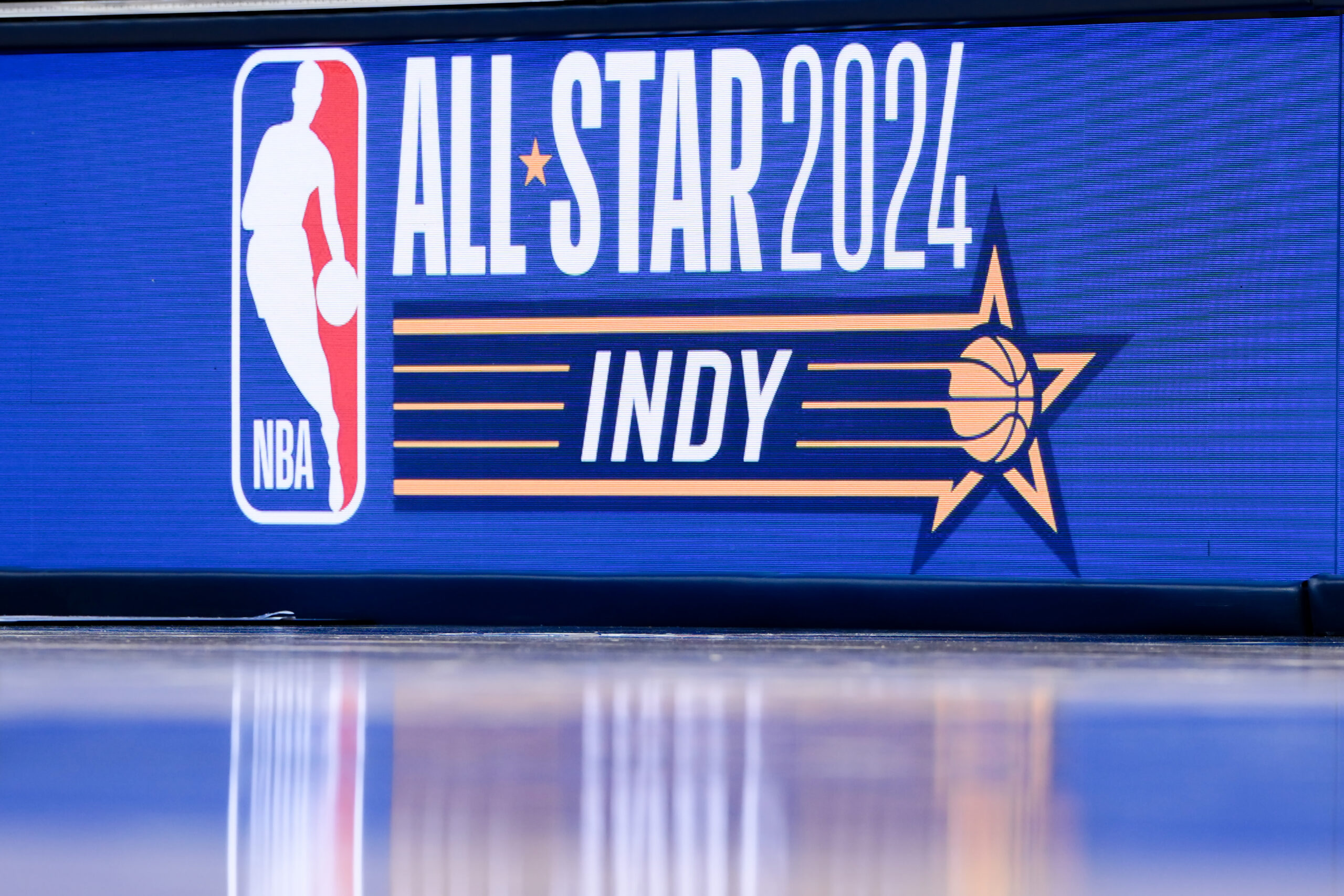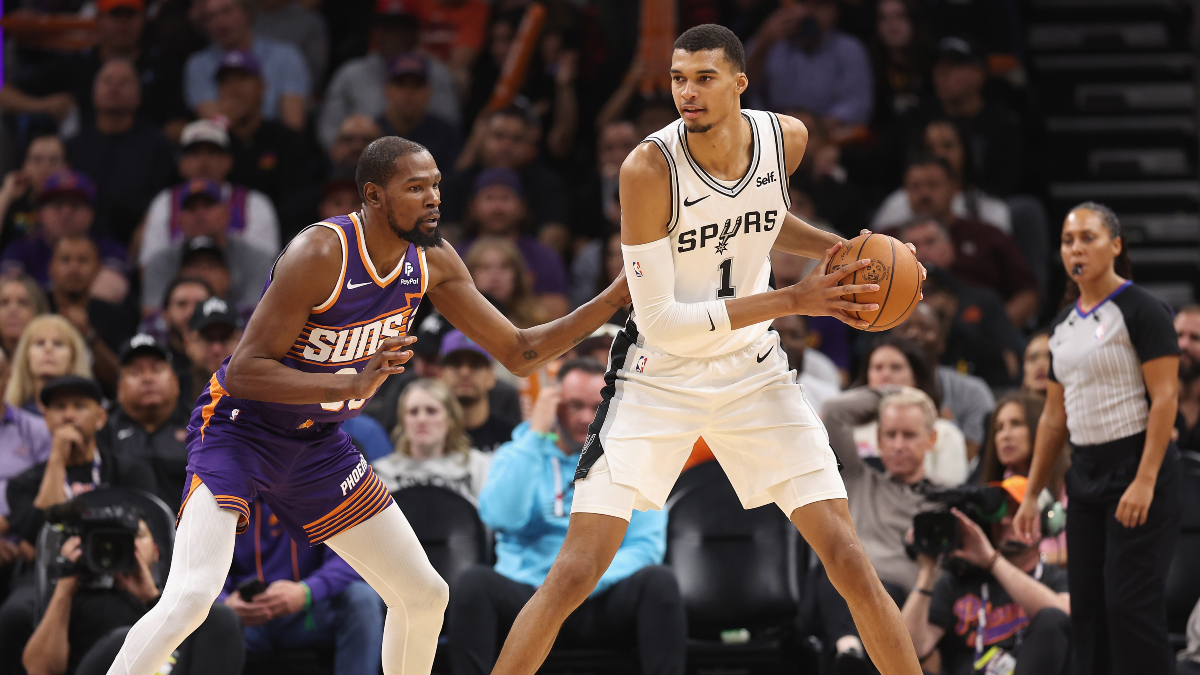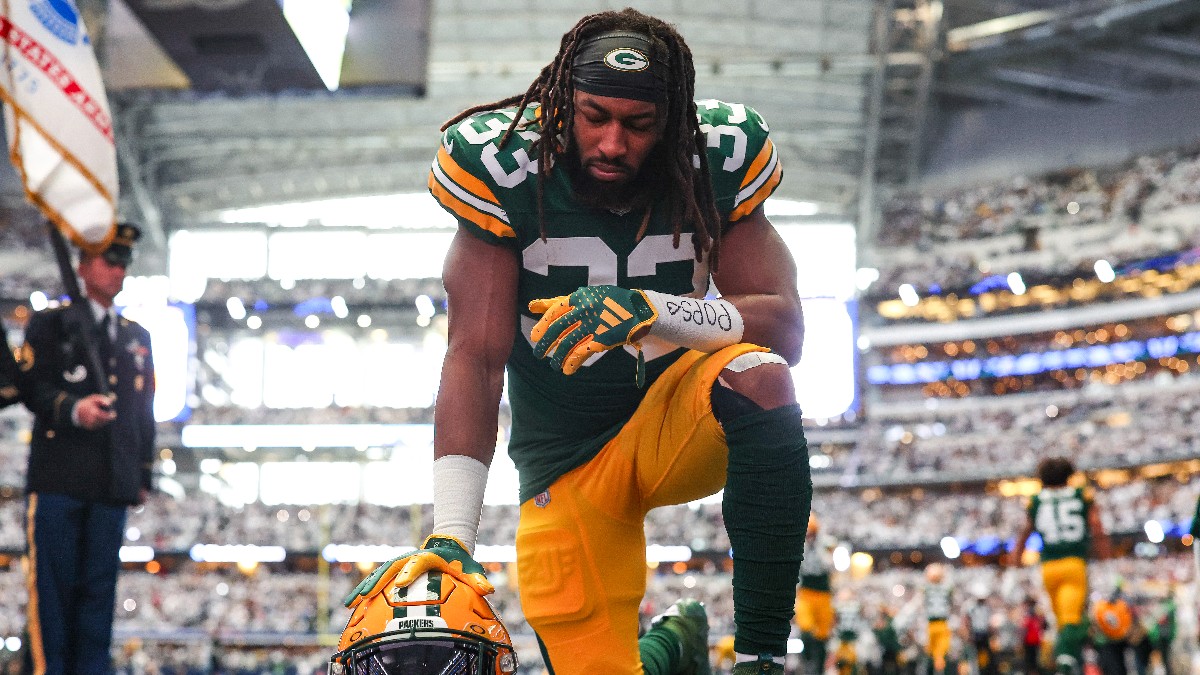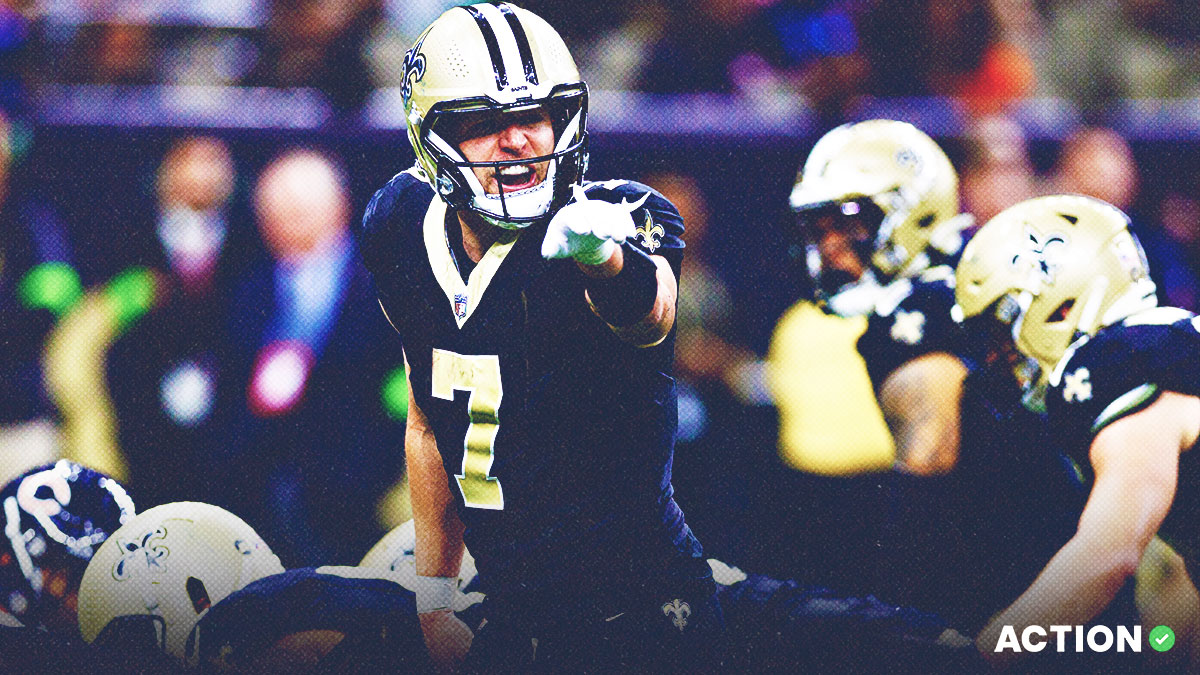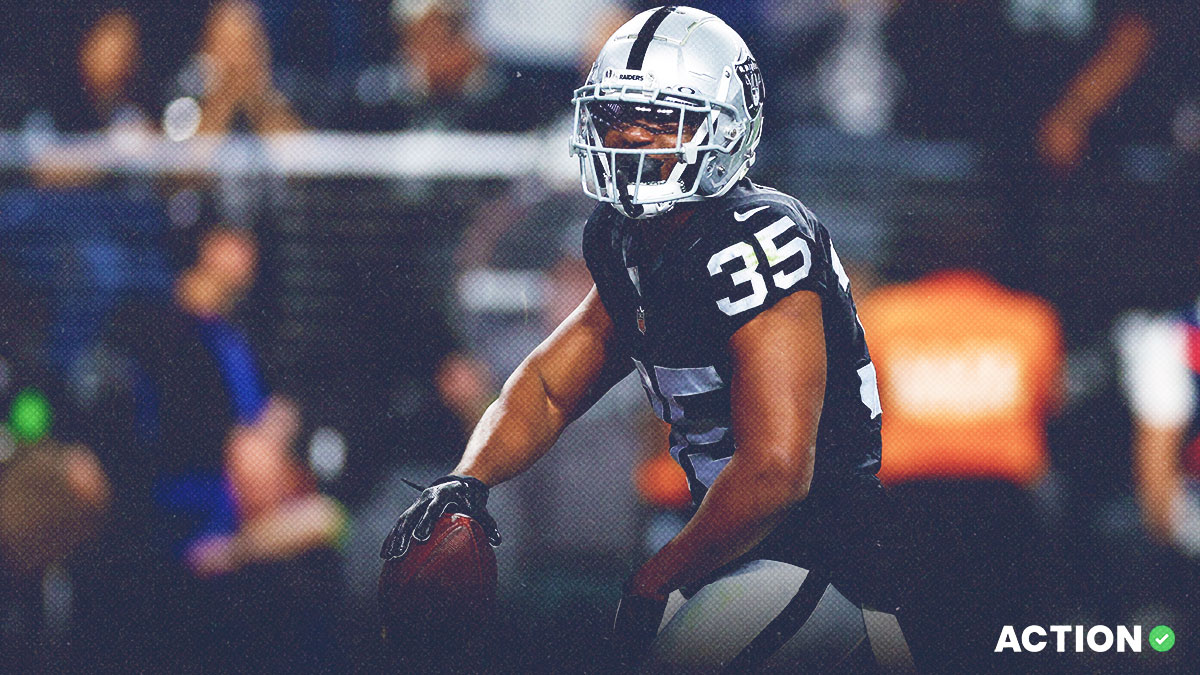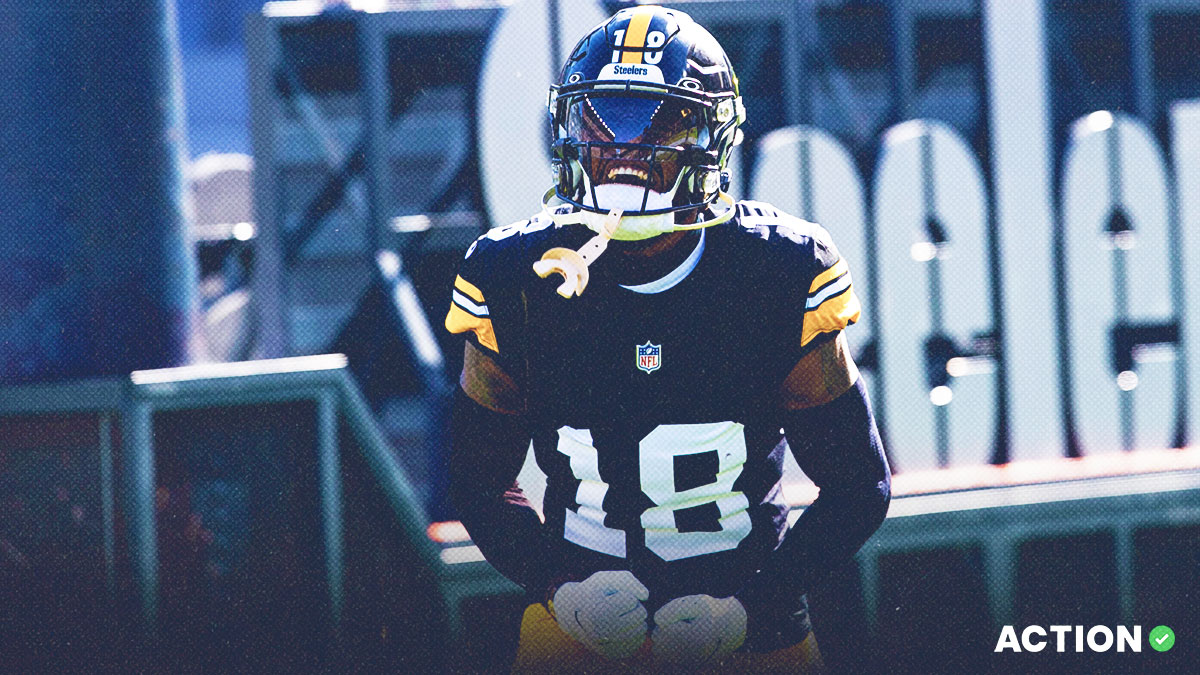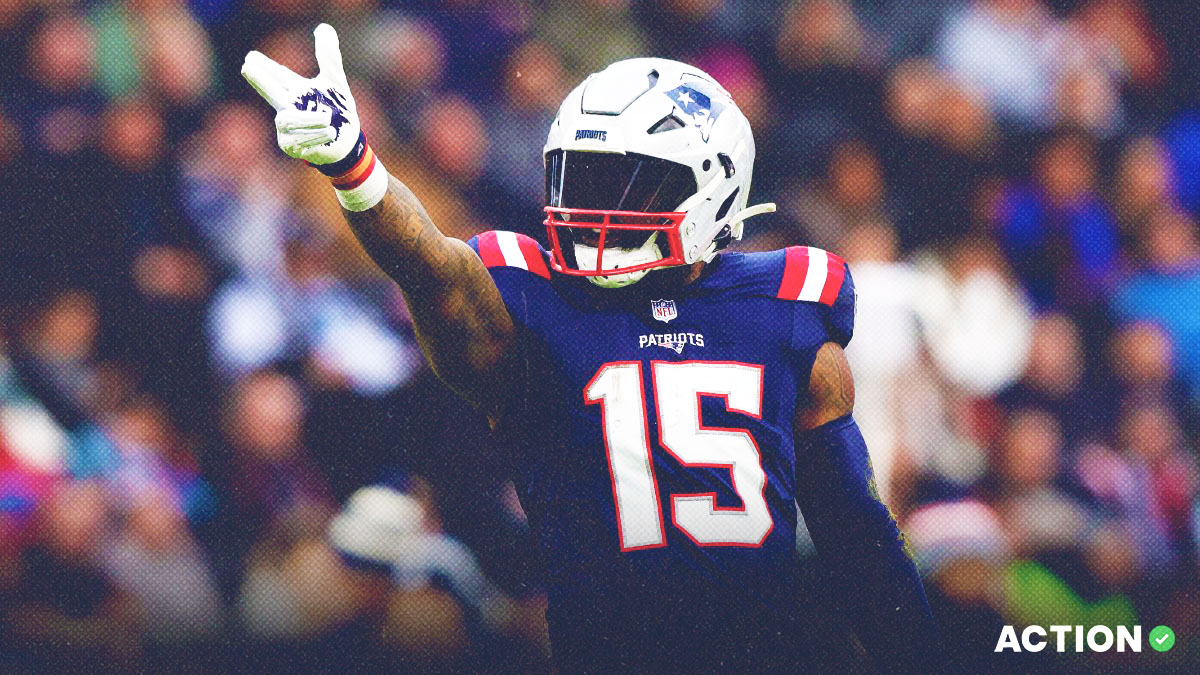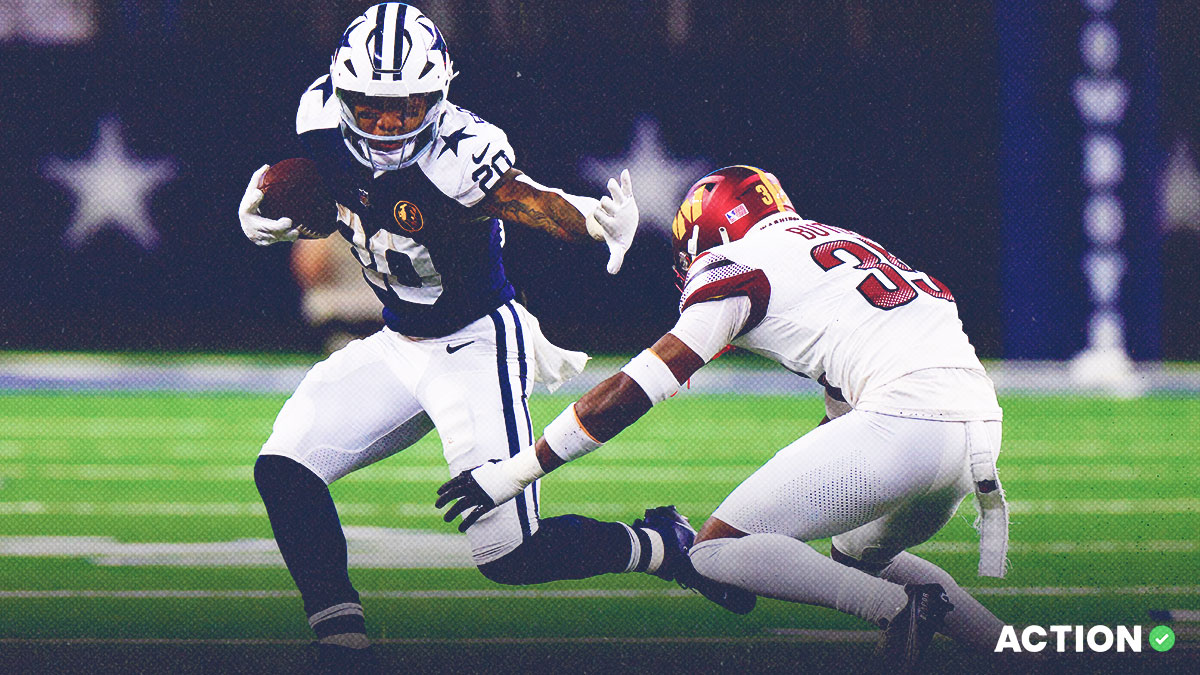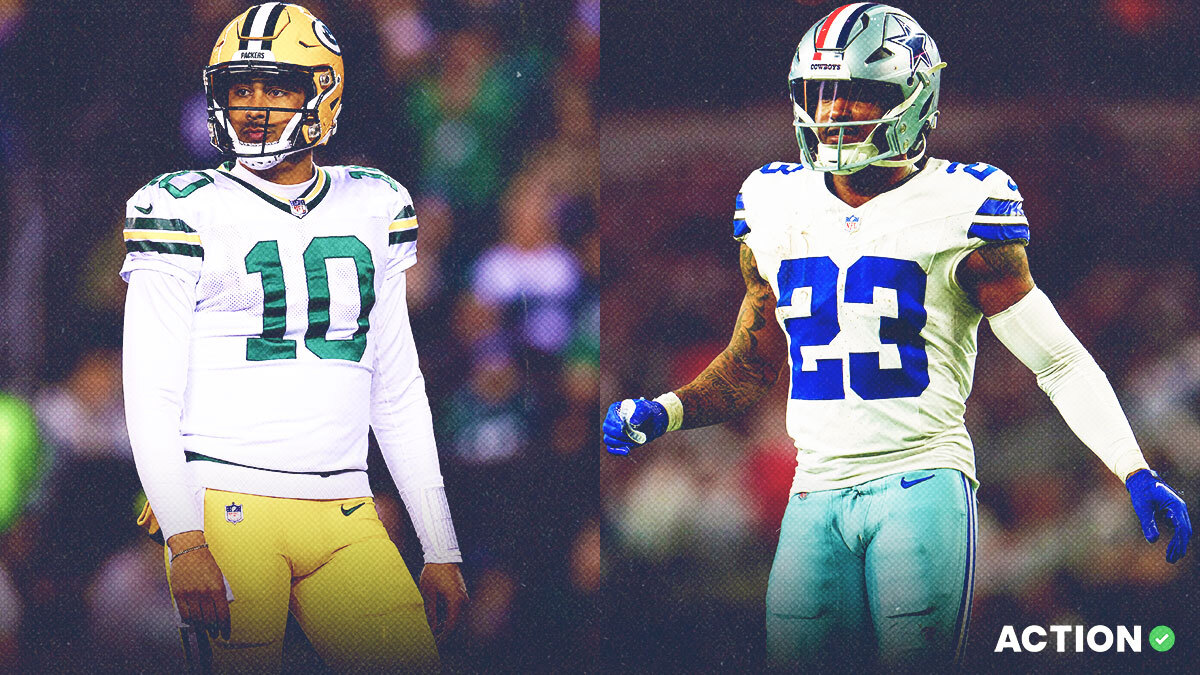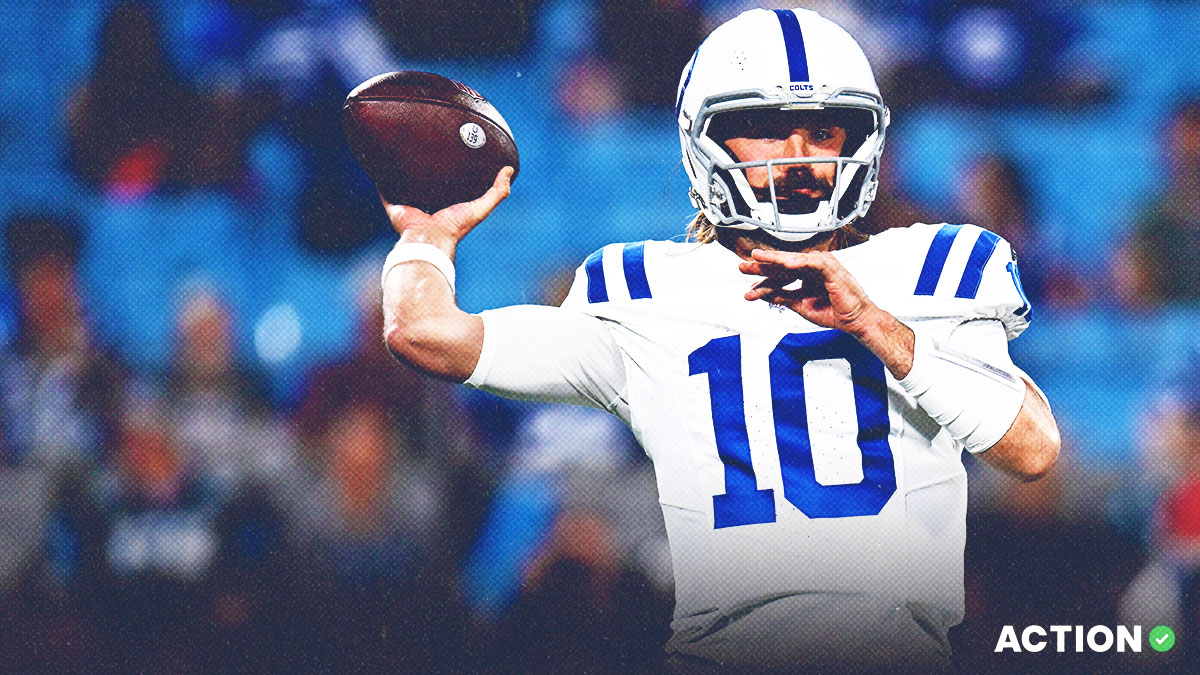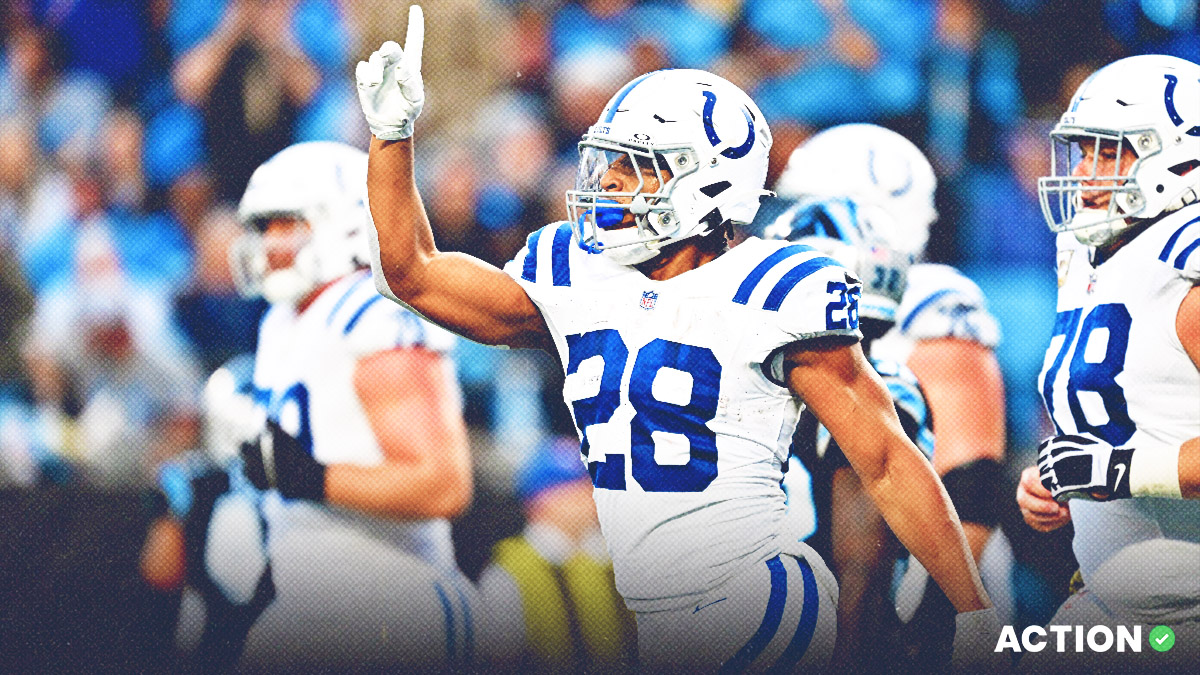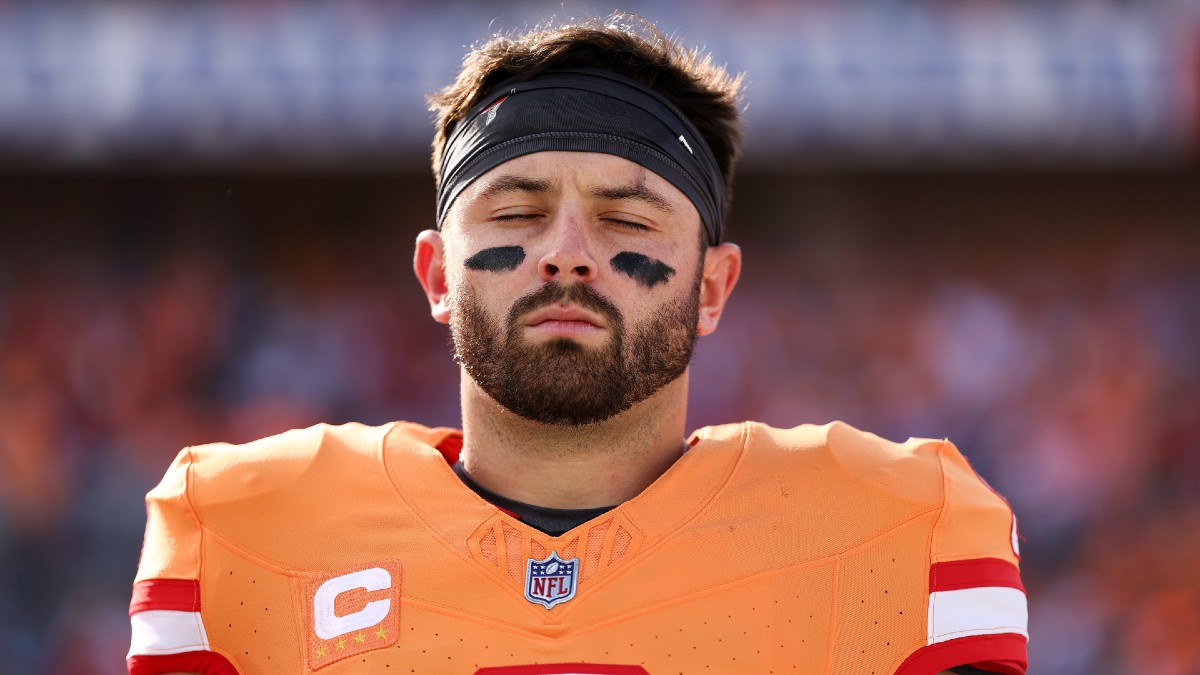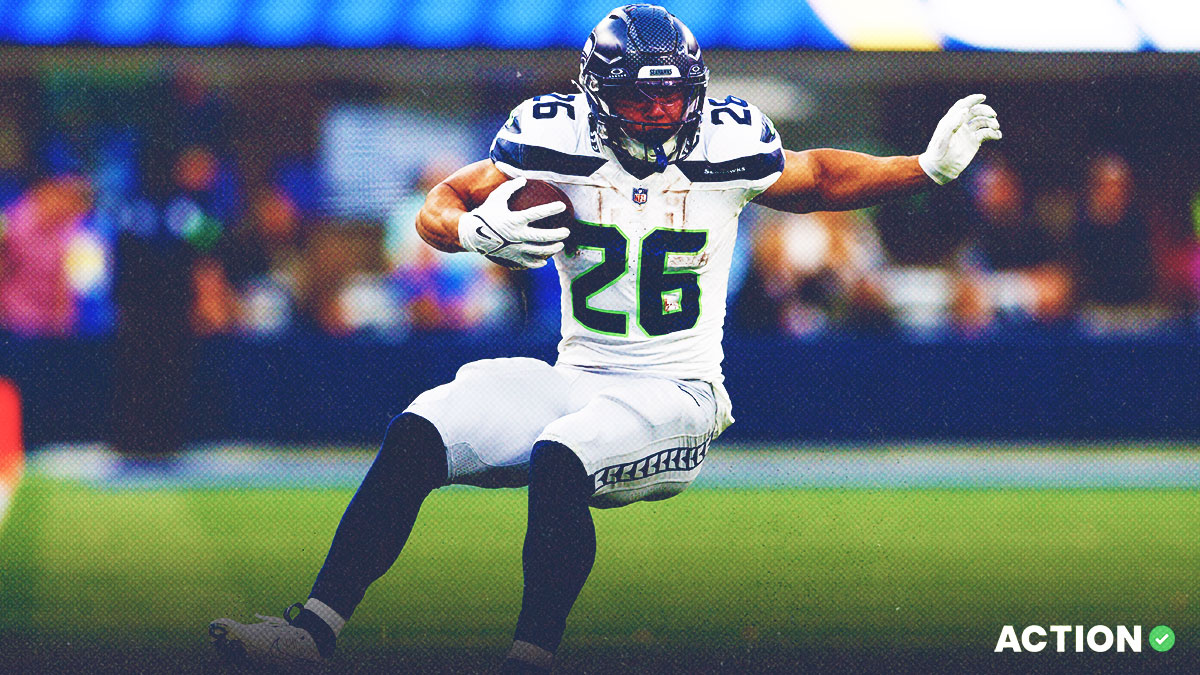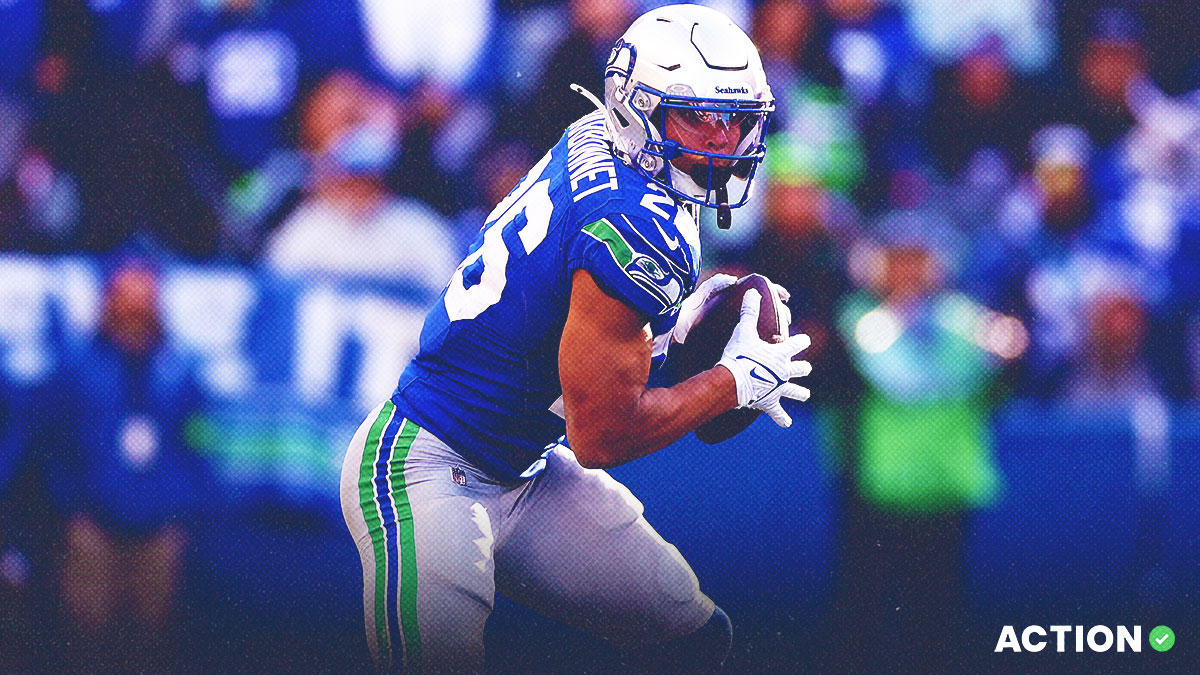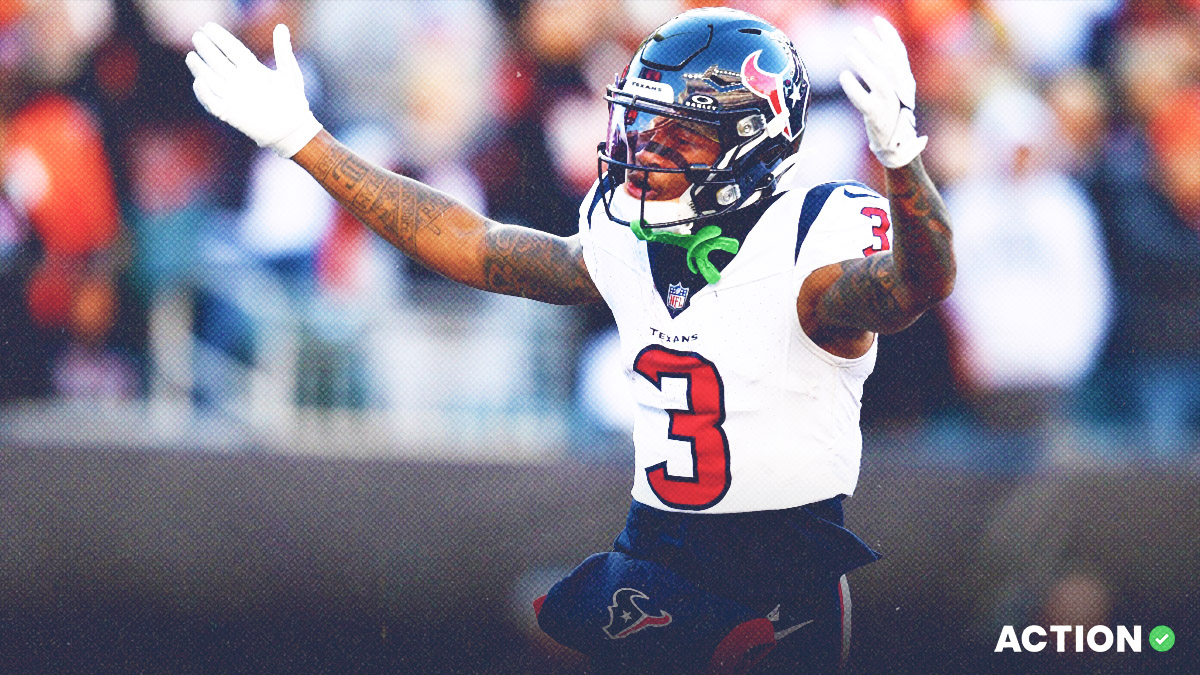Brevin Jordan Draft Profile
Brevin Jordan Draft Props
While I rely on my own research, I also take a “wisdom of the crowds” approach by surveying an index of mock drafts. I find that these drafts — created by experts with established records of success — collectively give me a good sense of the realistic range of outcomes for what we might see with any given player or pick.
In not one of the recently surveyed mocks has Jordan gone in Round 1. In fact, even though he was on the Rounds 1-2 borderline of most preseason mocks, his draft stock has steadily declined since last year and is now in Round 3. (per Grinding the Mocks).
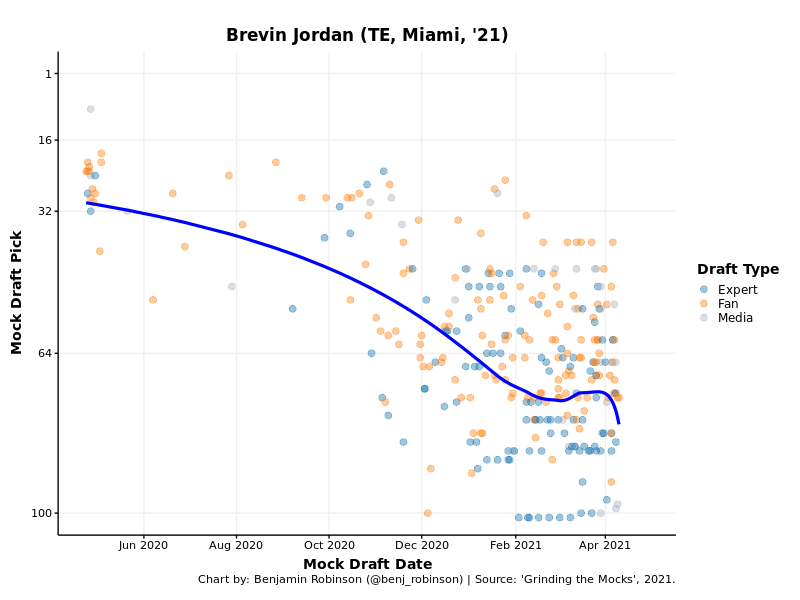
Bottom line: I would be shocked to see him in Round 1.
With this in mind, I am betting under 1.5 tight ends in Round 1 at DraftKings, as noted in my Pat Freiermuth prospect profile. Generational talent Kyle Pitts is a lock for Round 1, but after him we are highly unlikely to see another Day 1 tight end.
For what it's worth — which is less than nothing — you can bet on Jordan at +2500 at FOX Bet to be the No. 1 tight end drafted in the class. I rarely say that something has a zero percent chance of happening … but not even at +100000 would I bet on Jordan going before Pitts.
Dynasty Fantasy Analysis
Jordan is not a strong inline blocker, crisp route runner or dominant contested-catch receiver. But he's a marvelous yards-after-catch accumulator, the best in the class (per SIS, 2021 Sports Info Solutions Football Rookie Handbook).
Yards After Catch per Game
- Brevin Jordan (2020): 45.6
- Kyle Pitts (2020): 34.6
At his best, Pitts is better than Jordan overall, but in several key categories he has held his own and even outplayed Pitts over the past two years (per SIS).
Yards per Route
- Brevin Jordan (2019-20): 2.4 & 1.8
- Kyle Pitts (2019-20): 2.3 & 2.5
Yards per Route
- Brevin Jordan (2019-20): 2.4 & 1.8
- Kyle Pitts (2019-20): 2.3 & 2.5
Expected Points Added per Target
- Brevin Jordan (2019-20): 0.39 & 0.65
- Kyle Pitts (2019-20): 0.19 & 0.75
Yards After Catch per Target
- Brevin Jordan (2019-20): 8.7 & 9.6
- Kyle Pitts (2019-20): 4.2 & 6.4
Pitts is the superior athlete, but Jordan is fast enough to beat linebackers in coverage, and he's markedly better at finding the soft spots in zone coverage (per SIS).
Positive Play Rate vs. Zone
- Brevin Jordan (2019-20): 66% & 58%
- Kyle Pitts (2019-20): 47% & 53%
Pitts is an incomparable prospect — but after him Jordan is probably the position's top receiver.
The No. 1 tight end recruit in his high school class, Jordan enrolled at Miami with great expectations, and while he hasn't fully lived up to them he also hasn't disappointed. He immediately contributed as a freshman with a top-three 32-287-4 receiving line in 12 games, and since then he has continued to produce.
Although Jordan has missed three games in each of the past two seasons with injuries to his ankle (2019) and shoulder (2020), he has been a top-two receiver for the Hurricanes.
- 2019 (10 games): 35-495-2 receiving
- 2020 (8 games): 38-576-7 receiving
That production gets the job done as a prospect.
But there are still a few areas of concern.
First, Jordan will likely be a slot-only move tight end in the NFL because of his size: He's fine as a second-level blocker against linebackers, but he lacks the strength to hold up against edge defenders inline at the point of attack. As a result, he might never become a full-time three-down player.
It's true that Jordan played primarily inline in his two seasons, but he rarely did any serious blocking, and in his final year he lined up in the slot or out wide on 61% of his snaps (per SIS).
He's simply not an inline option, and that will likely limit his opportunities.
Second, he's not much of a downfield threat. Compared to Pitts, Freiermuth and even blocking dynamo Tommy Tremble, the playmaking Jordan looks more like a fullback than a slot receiver with his low 2020 average depth of target (per SIS).
Average Depth of Target
- Kyle Pitts: 12.8 yards
- Pat Freiermuth: 9.0 yards
- Tommy Tremble: 8.2
- Brevin Jordan: 7.6
The problem isn't so much that Jordan lacks the athleticism to stretch a defense down the seam. Rather, the problem — the third area of concern — is that he lacks the ball skills to outfight defenders down the field. Of his 33 contested targets in college, Jordan managed just 11 receptions (per Pro Football Focus).
As bad as this sounds, I'll say it: In college, Jordan displayed a talent for turning 50/50 balls into 33/67 losers.
Part of the problem is that he is not a smooth hands catcher, so he often captures the ball with his body, which allows nearby defenders to make a play on the ball.
Essentially, he has the hands of a mediocre pass-catching running back.
The saving grace for Jordan is that he also has the after-the-catch skills of a running back. Once the ball is in his hands, Jordan turns into a legit playmaker with his combination of vision, speed and strength: On his 105 college receptions, Jordan has broken 21 tackles (per PFF).
At the Miami pro day, Jordan didn't blow evaluators away with his athleticism, but he was fast and explosive enough to suggest he can produce in the NFL.
For Jordan, there are likely two primary paths to playing time.
- He becomes good enough at blocking to earn a three-down role.
- He is so dynamic as a receiver that his team can't help but have him on the field even though he's a below-average blocker.
I don't think he will sufficiently improve as a blocker, so Jordan investors must hope for the latter, and it could happen.
As a movable mismatch chess piece with rare after-the-catch talent — and incredible youth — Jordan is quite comparable to another smaller-yet-dynamic prospect who found success years ago and briefly looked like one of the best tight ends in the league.
NFL Prospect Comp: Aaron Hernandez with less agility and college production but more draft capital
Matthew Freedman is 1,018-828-37 (55.1%) overall betting on the NFL. You can follow him in our free app.


